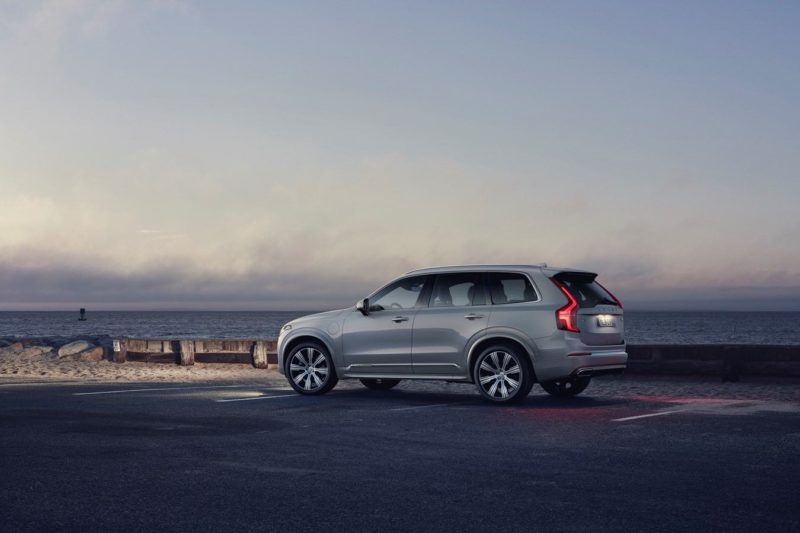The flagship electric SUV from Swedish automotive giant Volvo Cars will boast as standard state-of-the-art LiDAR technology which will be powered by an autonomous driving super computer.
The forthcoming all-electric successor to Volvo Cars’ XC90, set to be revealed in the middle of next year, will apparently come standard with LiDAR technology developed by US-based autonomous vehicle sensor and software company Luminar.
Volvo Cars made the announcement last week, adding that Luminar’s LiDAR technology will be tied into an autonomous driving computer powered by the NVIDIA DRIVE Orin system-on-a-chip.
The autonomous driving computer will itself use software developed by Volvo Cars and its in-house autonomous driving software development company Zenseact, which will enable the optional Highway Pilot for use on motorways, where allowed and verified safe depending on geographic locations and conditions.
The combination of software and technologies from Volvo Cars, Luminar, and Zenseact, is designed to reduce fatalities and accidents, helping to reduce collisions and allowing over-the-air software updates to increase the safety packages efficacy over time.
“Volvo Cars is and always has been a leader in safety,” said Håkan Samuelsson, Volvo’s chief executive. “It will now define the next level of car safety. By having this hardware as standard, we can continuously improve safety features over the air and introduce advanced autonomous drive systems, reinforcing our leadership in safety.”
Volvo Cars expects that, over time, the technology will mature and become better able to assist and improve the capabilities of a human driver in safety critical situations.
While previous generations of the technology relied largely on warning the driver of potential immediate threats, the new and future versions of the technology will become increasingly able to intervene as needed to prevent collisions.
“In our ambition to deliver ever safer cars, our long-term aim is to achieve zero collisions and avoid crashes altogether,” added Henrik Green, Volvo’s chief technology officer. “As we improve our safety technology continuously through updates over the air, we expect collisions to become increasingly rare and hope to save more lives.”
While more detailed specifications of the technology – not to mention the all-electric XC90 itself – were lacking from Volvo’s announcement, the provided images detailing the sensor packages on the XC90 are impressive.

The above image demonstrates the combined sensor reach of the XC90’s ultrasonics, LiDAR, radars, and cameras, all of which overlap one another to provide what Volvo Cars hopes will be a complete view of the immediate world around a travelling vehicle.
“This is a watershed moment for the industry, and Luminar’s most significant win towards establishing the next era of safety technology,” said Austin Russell, Luminar Founder and CEO.
“Going from a select highway pilot option to Luminar powering all next generation Volvo flagship cars as standard will kick off this new safety paradigm, serving as the catalyst for what we’ve been calling Proactive Safety. Volvo thinks lifesaving technology shouldn’t be optional, and we couldn’t agree more.”
On top of the sensor suite and AI super computer promised for the XC90, the car will also benefit from back-up systems for key vehicle functions such as steering and braking that is intended to make the car hardware-ready for future autonomous driving options.
Joshua S. Hill is a Melbourne-based journalist who has been writing about climate change, clean technology, and electric vehicles for over 15 years. He has been reporting on electric vehicles and clean technologies for Renew Economy and The Driven since 2012. His preferred mode of transport is his feet.

